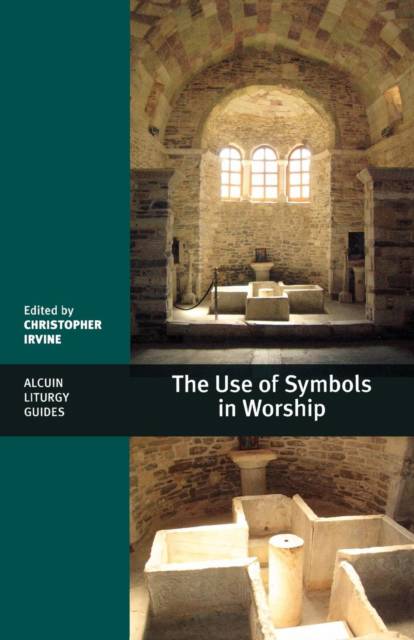
- Afhalen na 1 uur in een winkel met voorraad
- Gratis thuislevering in België vanaf € 30
- Ruim aanbod met 7 miljoen producten
- Afhalen na 1 uur in een winkel met voorraad
- Gratis thuislevering in België vanaf € 30
- Ruim aanbod met 7 miljoen producten
Zoeken
€ 22,45
+ 44 punten
Omschrijving
In our post-modern, technological and visual age, there seems to be a new fascination with symbols. And in such an age as this, it is not enough just to understand and use the written liturgy, whether old or new, like Common Worship. In worship and in our pastoral rites, the preoccupation with texts has to be balanced with the vital liturgical language of symbols. Never before has there been such scope for the use of symbols as can be found in the family of Common Worship services. Not simply visual aids, liturgical symbols are suggestive and evocative; they belong to a whole matrix of imagery in Scripture and in the prayer texts that accompany the ritual acts of worship. Each chapter of Symbols and Worship provides theological and historical background to the symbols discussed (water, oil, light and incense), as well as practical guidance on the place and use of these symbols in the whole range of Common Worship services.
Specificaties
Betrokkenen
- Auteur(s):
- Uitgeverij:
Inhoud
- Aantal bladzijden:
- 130
- Taal:
- Engels
- Reeks:
Eigenschappen
- Productcode (EAN):
- 9780281058525
- Verschijningsdatum:
- 20/09/2007
- Uitvoering:
- Paperback
- Formaat:
- Trade paperback (VS)
- Afmetingen:
- 140 mm x 216 mm
- Gewicht:
- 158 g

Alleen bij Standaard Boekhandel
+ 44 punten op je klantenkaart van Standaard Boekhandel
Beoordelingen
We publiceren alleen reviews die voldoen aan de voorwaarden voor reviews. Bekijk onze voorwaarden voor reviews.











